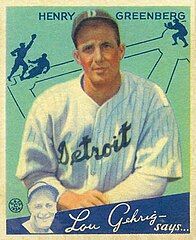
If there’s one sitcom that perfected the delicate dance between cringeworthy silence and uproarious laughter, it’s undeniably *The Office*. For nine glorious seasons, this beloved mockumentary-style show invited us into the mundane, often chaotic, world of Dunder Mifflin Scranton, delivering a consistent stream of belly laughs and moments that made us squirm with secondhand embarrassment.
From Jim Halpert’s meticulously crafted pranks on Dwight Schrute to Michael Scott’s hilariously misguided team-building exercises, each episode was a masterclass in how to navigate the fine line separating pure comedic gold from the utterly uncomfortable. Yet, amidst this carefully balanced formula, one particular episode dared to push the very boundaries of what *The Office* could be, delving into territory so bleak that it nearly never saw the light of day. This was a narrative gambit that showcased the show’s willingness to take bold creative risks, even when faced with significant internal pushback.
Today, we’re taking a deep dive into that singular, boundary-pushing episode—Season 4’s “Dinner Party”—a true masterclass in dark and awkward humor that NBC executives found “too gloomy and depressing” to air. We’ll explore its brilliant setup, the escalating domestic tensions, the underlying themes that resonate far beyond the laughs, and the sheer creative conviction that ensured this iconic installment ultimately made it to our screens, becoming a cult favorite and a testament to the show’s profound understanding of the human condition in all its messy glory.

1. **The Masterclass in Dark Humor: ‘Dinner Party’s’ Premise**The episode, the 13th installment of Season 4, instantly signals its intent with a classic Michael Scott manipulation. What begins as a seemingly innocent, albeit last-minute, corporate mandate for everyone to work late on a Friday quickly unravels into a thinly veiled ruse. Michael’s cunning ploy to fake a work requirement, only to then “cancel” it, serves one primary purpose: to corner Jim and Pam into accepting his long-standing, and clearly dreaded, dinner invitation.
This initial setup is quintessential Michael, showcasing his desperate need for social validation and his peculiar brand of passive-aggressive control. He doesn’t just invite; he orchestrates, he manipulates, and he corners his colleagues, leaving them no polite avenue for escape. The forced attendance of his employees, especially Jim and Pam, who are visibly uncomfortable from the outset, immediately establishes an undercurrent of dread and obligation that permeates the entire episode.
It’s a brilliant narrative device that locks the audience into the same feeling of inescapable awkwardness as the characters. The tension is palpable even before a single course is served, setting the stage for an evening that promises to be anything but relaxing. This deceptive opening perfectly encapsulates the show’s unique ability to blend Michael’s absurdity with a more unsettling realism, preparing us for a descent into a domestic hellscape that is both hysterically funny and deeply disturbing.

2. **A Condo Battleground: Michael and Jan’s Passive-Aggressive Tensions**Upon arrival, it becomes chillingly clear that Michael and Jan’s shared condo is less a home and more a “battleground for passive-aggressiveness.” Every detail, from the decor to the couple’s interactions, screams dysfunction. Jan, Michael’s former boss and current partner, dominates the space with her overwhelming presence, dictating the ambiance and setting the tone for the entire evening.
Her behavior is a masterclass in veiled hostility. She subjects the guests to an “overly detailed tour” of the condo, boasts about her struggling “candle business,” and generally fills the room with an “unspoken resentment” that hangs heavy in the air. This isn’t just awkward social interaction; it’s a careful, almost performative, display of their broken relationship, forcing the guests to bear witness to their toxic dynamic.
Perhaps the most telling, and indeed most jarring, revelation about their home life comes when we see Michael’s sleeping arrangements. Due to Jan’s nebulous “space issues,” Michael is relegated to a “tiny bench at the foot of Jan’s bed.” This image alone speaks volumes about the power imbalance and lack of intimacy in their relationship, instantly establishing Jan as the dominant, controlling force and Michael as the emasculated, submissive partner.
This claustrophobic setting and Jan’s controlling nature serve to amplify the discomfort, making the condo feel like a cage from which the guests desperately wish to escape. It’s an environment meticulously crafted to showcase the quiet desperation and simmering animosity that defines Michael and Jan’s cohabitation, setting the stage for the dramatic explosions to come.

3. **Boiling Point: The Escalation of Awkwardness and Abuse**The dinner party relentlessly ratchets up the tension, transforming awkwardness into outright emotional abuse. Michael, in a desperate bid to assert some semblance of worth, proudly boasts about his recent acquisition: a modest, wall-mounted “$200 flat-screen TV.” It’s a sad, almost pathetic attempt to impress, a clear indicator of his insecurity within the relationship and his need to project an image of success.
Jan, however, swiftly and cruelly undercuts his efforts. She flaunts a CD from her ex-assistant, featuring “s*xually suggestive songs about how inappropriate things happened between the two.” This calculated move is a devastating blow to Michael, publicly humiliating him and weaponizing her past relationships to exert dominance. It’s a moment that transcends mere awkwardness, exposing the raw, ugly underbelly of their toxic co-dependency.
The simmering resentment finally boils over in a shocking display of violence when Jan throws a Dundie award at Michael’s prized flat-screen TV. This act of aggression is the undeniable climax of the evening, a stark and unforgettable moment that shatters any pretense of civility. The guests, already trapped in this uncomfortable domestic drama, are now witness to a full-blown marital meltdown, forcing them to confront the stark reality of the couple’s destructive dynamic.
Adding to the chaotic tableau are the bizarre guest interactions, further illustrating the absurdity and desperation of the situation. Dwight Schrute, true to form, shows up uninvited, bringing along his former babysitter as a date, only to be awkwardly integrated into the evening’s unraveling. Jim, ever the pragmatist, fakes a story about his apartment being flooded in a desperate, albeit unsuccessful, attempt to escape the entire fiasco. Every element, every character’s reaction, contributes to a pressure cooker environment where humor and horror are inextricably linked, solidifying the episode’s status as a masterpiece of escalating tension.
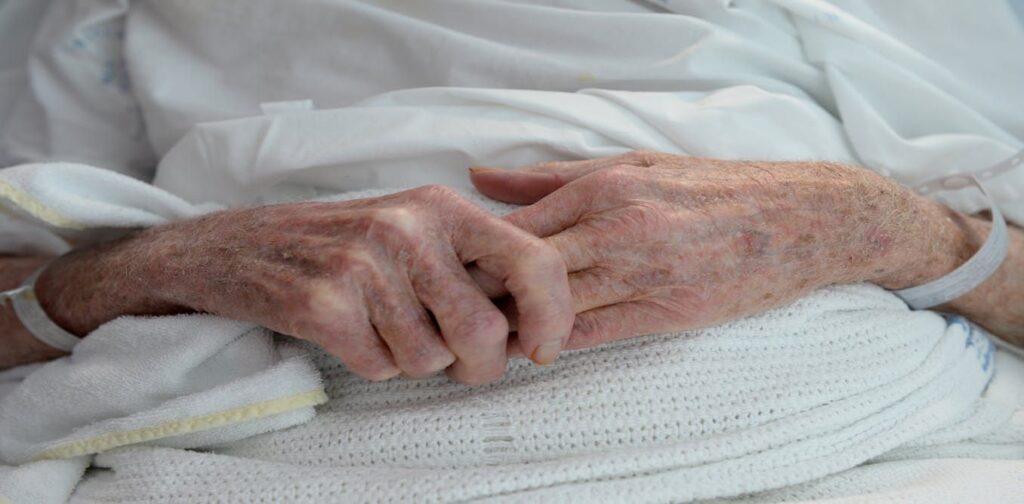
4. **Beneath the Laughter: Unpacking the Deeper Themes**While “Dinner Party” is undeniably packed with uproarious gags and quotable lines, its true genius lies in its profound exploration of deeply unsettling themes. As the context points out, “All the gags in The Office episode landed, but beneath it all is a quiet exploration of abuse, co-dependency, and desperation.” The episode masterfully uses comedy as a Trojan horse to deliver a raw, unflinching look at the darker side of human relationships.
The humor doesn’t detract from these themes; rather, it highlights them, making the discomfort even more potent. Michael and Jan’s relationship is a tangled web of need and control, each feeding off the other’s insecurities in a vicious cycle. Their co-dependency is painfully evident, with Michael desperate for Jan’s approval and Jan relentlessly tearing him down, yet seemingly unable to sever ties.
This intricate dance of “subtle sabotage and relational power plays” is a direct inspiration from Edward Albee’s seminal play, *Who’s Afraid of Virginia Woolf*. The parallels are unmistakable, from the late-night domestic setting to the hosts’ increasingly vicious psychological warfare waged in front of their captive guests. The episode doesn’t just mimic; it translates the play’s searing examination of marital discord into a sitcom format, pushing the boundaries of what a half-hour comedy could achieve.
Ultimately, the episode forces both its characters and its audience to confront the uncomfortable realities of these destructive dynamics. It’s an experience designed to make viewers squirm, to laugh uneasily, and to ponder the profound sadness embedded within the comedic chaos. “Dinner Party” proves that *The Office* wasn’t just about office hijinks; it was capable of delivering deeply human, often tragic, insights wrapped in a brilliant comedic package.
Read more about: Beyond the Laughs and Dimensions: Unpacking the Tumultuous Rise of ‘Rick and Morty’
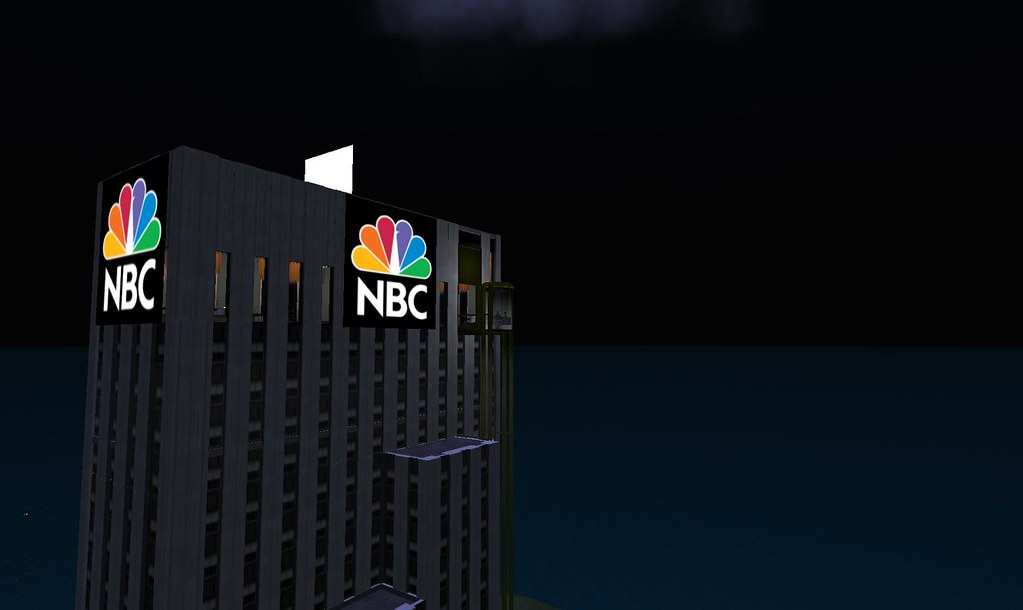
5. **NBC’s Hesitation: Why ‘Dinner Party’ Almost Didn’t Air**Despite its current recognition as one of *The Office*’s standout episodes, “Dinner Party” faced significant hurdles before it ever reached our screens. NBC executives, who were typically accustomed to the show’s more lighthearted, albeit awkward, humor, found this particular script profoundly troubling. They considered it “too gloomy and depressing,” a stark departure from the sitcom’s established tone, and as a result, they “almost scrapped the whole thing.”
This network apprehension highlights the inherent risk in pushing creative boundaries. While the writers and producers saw the artistic merit in delving into darker territory, the network saw a potential threat to their brand and audience expectations. It was a classic clash between artistic vision and commercial viability, with the future of a truly groundbreaking episode hanging in the balance.
However, showrunner Greg Daniels, a stalwart champion of the episode’s vision, “didn’t budge and refused to alter the script.” His unwavering belief in the episode’s “rawness and hilarious honesty” was paramount. Daniels understood that the discomfort was not a flaw but an essential component of its brilliance, a deliberate artistic choice that would ultimately resonate deeply with viewers, even if it initially made network executives uneasy.
Adding to the intrigue, the table read for “Dinner Party” was reportedly “a huge hit” and garnered “applause for about a minute” from the cast and crew. Yet, even this overwhelmingly positive internal reception couldn’t fully assuage the network’s worries. As Jenna Fischer and Angela Kinsey discussed on their *Office Ladies* podcast, and Rainn Wilson corroborated, Greg Daniels had to stand firm in multiple phone calls with NBC, steadfastly defending the script’s dark tone. This defiance ultimately paid off, making “Dinner Party” one of the rare *Office* episodes that didn’t go through rewrites, a testament to its singular vision.
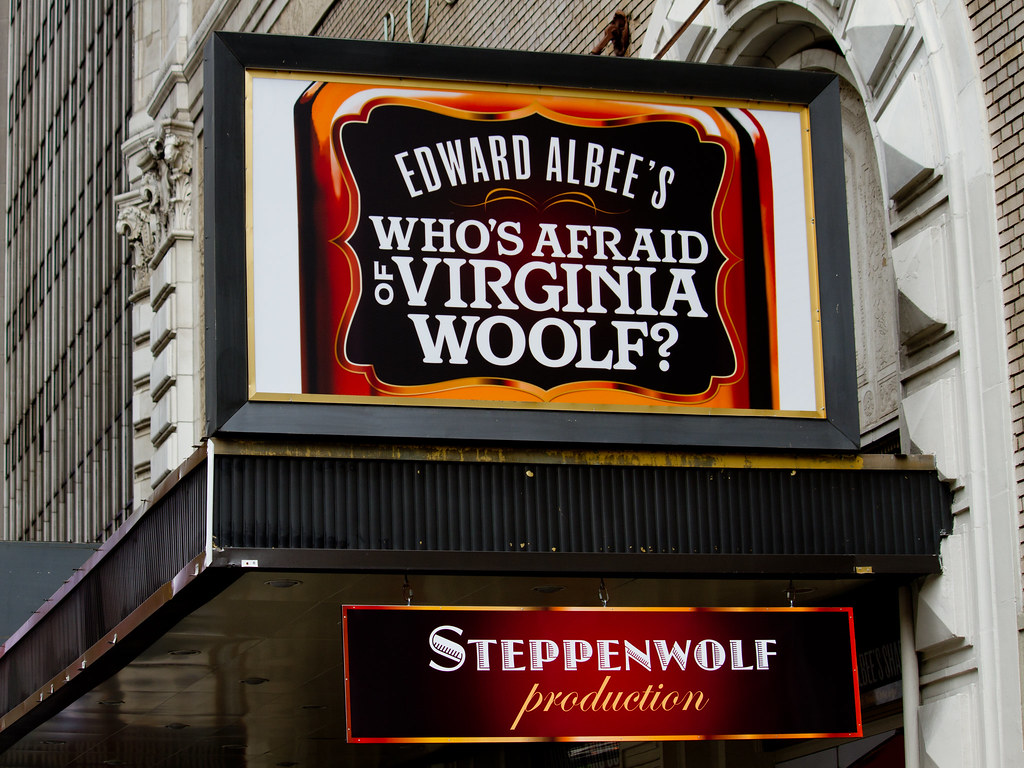
6. **Art Imitates Life (and Theatre): Inspirations and Improvisation**Much of “Dinner Party’s” enduring brilliance stems from a potent combination of its theatrical inspirations and the cast’s incredible improvisational talents. The episode was not just written; it was crafted with a deep appreciation for the dramatic arts, drawing directly from Edward Albee’s groundbreaking play *Who’s Afraid of Virginia Woolf*. This influence is palpable, as “every detail was laced with an underlying message about subtle sabotage and relational power plays,” transforming a typical sitcom into a harrowing, yet comedic, domestic drama.
Beyond the scripted brilliance, the raw, unscripted moments contributed immensely to the episode’s legendary status. The actors themselves often struggled to maintain composure, finding the absurdity of the situations almost too much to bear. John Krasinski, who plays Jim, openly admitted to “crying laughing” during the scene where Michael proudly showcases his pitiful “$200 flat-screen TV,” a moment of such pathetic bravado that it broke through Jim’s usual stoicism.
Similarly, Jenna Fischer, portraying Pam, confessed to being unable to stop laughing when Jan caught Pam discreetly eating a granola bar before dinner—a small, relatable moment of defiance that perfectly encapsulated the guests’ collective misery. These genuine breaks in character, born from the sheer hilarity and discomfort of the scenes, underscore the fine line the episode walked between authentic human emotion and exaggerated comedic performance.
This masterful blend of precise theatrical influence and spontaneous, organic improvisation elevated “Dinner Party” beyond a mere list of gags. It allowed the episode to feel both meticulously crafted and wonderfully chaotic, authenticating the deep emotional truths it explored. It’s no wonder that, despite initial mixed fan reactions, the episode “became a cult favorite” and is now recognized as an “iconic” installment that “perfectly captured everything uncomfortable, hilarious, and human about the show.” Its enduring appeal lies in its audacious spirit and its willingness to fully commit to its darkly comedic vision.
While “Dinner Party” showcased *The Office*’s daring venture into the psychologically unsettling, the series also mastered another unique brand of storytelling: the ambitious, often misguided, creative endeavors of its beloved regional manager, Michael Scott. This brings us to another cornerstone episode, “Threat Level Midnight,” the seventeenth episode of the seventh season, a testament to Michael’s unyielding artistic vision and the show’s incredible commitment to long-running gags. It’s a narrative journey that began years before, quietly brewing in the background, until it finally erupted onto our screens in a spectacular, self-produced cinematic event that was as endearing as it was, well, quintessentially Michael.
It wasn’t just another episode; it was the culmination of a decade-long saga, a peek behind the curtain into the very essence of Michael Scott’s inner world. B. J. Novak, who also masterfully portrayed Ryan Howard, penned this particular installment, showcasing the meticulous planning required to bring such a deeply ingrained joke to fruition. The careful orchestration of this episode demonstrates the series’ profound understanding of its characters and its willingness to let their quirks blossom into full-blown narratives.
This ambitious undertaking offered a delightful counterpoint to the domestic drama of “Dinner Party,” moving from the raw emotional depths of Michael’s personal life to the colorful, albeit chaotic, landscape of his creative imagination. It solidified the show’s legacy not just as a comedic powerhouse, but as a series unafraid to explore the full spectrum of human experience, even if that experience included a secret agent named Michael Scarn.

7. **Crafting a Star-Studded, In-Office Production**One of the undeniable charms of “Threat Level Midnight” is its truly all-star cast, albeit one comprised entirely of Michael’s Dunder Mifflin colleagues and associates. Michael Scott, naturally, assumes the lead role as the intrepid secret agent Michael Scarn, while Dwight Schrute, in a stroke of perfectly cast genius, plays Scarn’s loyal robot butler, Samuel. Jim Halpert, ever Michael’s foil, takes on the deliciously villainous role of Goldenface, Scarn’s archnemesis.
The ensemble extends beyond the core office, weaving in characters from Michael’s past. Darryl Philbin portrays the President of the United States, Creed Bratton becomes the legendary hockey instructor Cherokee Jack, and Oscar Martinez, in a blink-and-you-miss-it appearance, is cast as a slain hockey player. This internal casting not only provides endless comedic possibilities but also serves as a clever narrative device, showing how Michael views and utilizes the people in his life for his grand projects.
Perhaps most delightfully, the episode saw the reappearance of several fan-favorite characters who had been absent from the show for some time. Rashida Jones reprised her role as Karen Filippelli, remarking that it felt like “a time warp” to return. Melora Hardin, who portrayed Jan Levinson, made an appearance in her “Jan-as-diva” mode as the nightclub singer Jasmine Windsong. Even the perpetually uncomfortable Tony Gardner, who was fired on his first day, makes a cameo as a pianist, with B.J. Novak rationalizing he might have been “intrigued” or “lonely” enough to accept Michael’s earnest (and probably profusely apologetic) invitation.
These guest appearances weren’t just nostalgic callbacks; they were organically integrated into Michael’s narrative, showcasing the enduring connections (and often complicated dynamics) he had formed over the years. The meticulous casting, as envisioned by Michael Scott, transforms the familiar Dunder Mifflin world into a vibrant, if hilariously low-budget, cinematic universe, reminding us of the show’s deep bench of memorable characters.

8. **Behind-the-Scenes Wizardry: Making a ‘Bad’ Movie Look Good (Enough)**Bringing Michael Scott’s cinematic vision to life was no small feat, with writer B. J. Novak citing the episode as the “most conceptually ambitious” in *The Office*’s history. More than half of “Threat Level Midnight” consisted of footage from Michael’s film itself, a bold creative decision that required meticulous planning and execution. Initially, producers considered showing *just* the movie, but wisely decided that intercutting it with the office’s reactions would prevent it from feeling like “a gimmick or experiment,” grounding the absurdity in relatable character moments.
The production team went to impressive lengths to ensure Michael’s film looked authentically homemade, yet intentionally crafted. In post-production, the film footage was colorized to appear of a “cheaper quality” than the series’ usual high-definition aesthetic. Certain shooting methods, such as hand-held camera work and zooms, were deliberately employed only when they could be presented in a “poorly-executed” manner. This nuanced approach, as Novak explained, aimed to ensure “the joke of the episode” wasn’t simply Michael’s lack of filmmaking skill, which he felt “would be a little easy and a little out of character,” but rather the endearing sincerity behind his flawed artistry.
A particularly memorable, and darkly comedic, production challenge involved creating the exploding dummy of Toby. Actor Paul Lieberstein, who plays Toby, reportedly spent “several hours in a full-face mold” that “unnerved him greatly.” Two molds were made, both filled with explosives, but one also contained fake blood. While both detonations were filmed in slow-motion, the producers deemed the fake blood explosion “too disturbing for us and arguably too disturbing for Michael,” opting for the tamer version.
This intricate level of detail, from color grading to special effects, highlights the show’s commitment to its premise. It wasn’t enough to just tell us Michael made a movie; they had to *show* us, authentically recreating the aesthetic of a passionate, amateur filmmaker. The effort invested in making Michael’s film believable within the *Office* universe is a testament to the crew’s dedication to comedic realism.
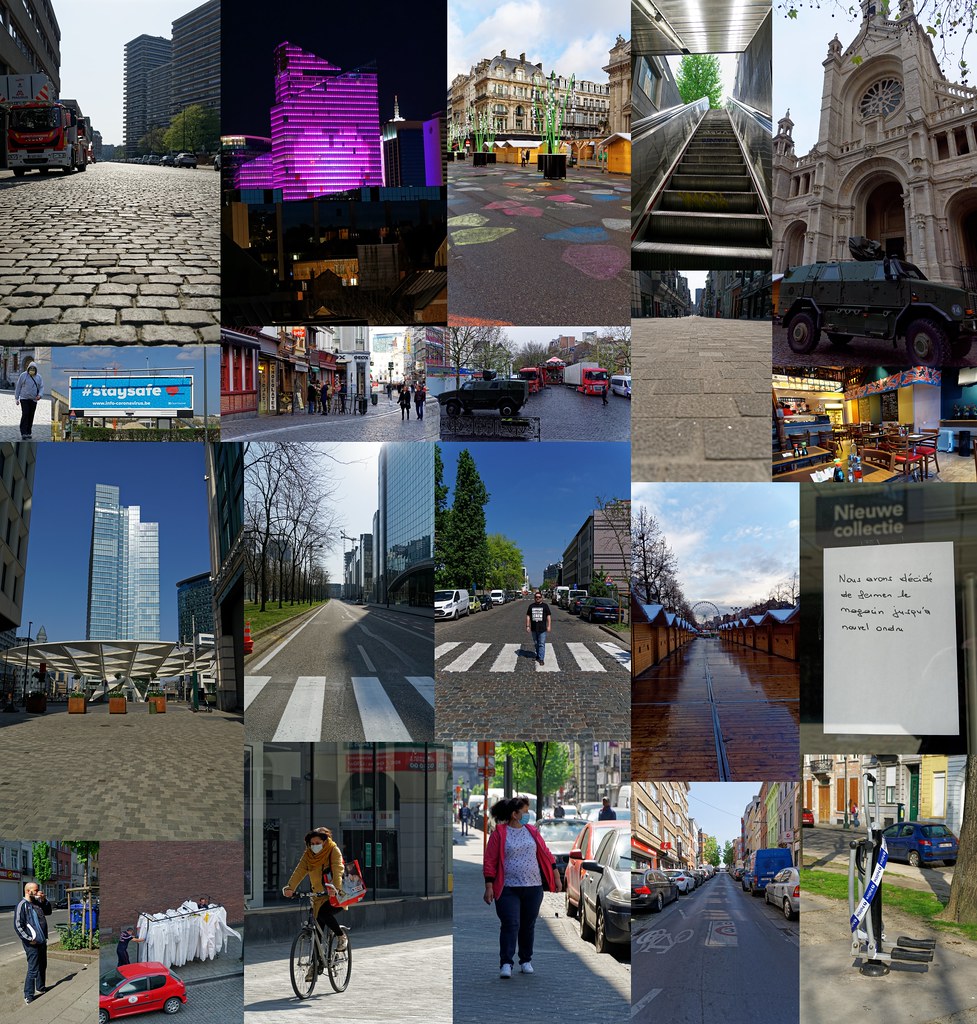
9. **A Masterclass in Continuity and Temporal Gymnastics**One of the most impressive feats of “Threat Level Midnight” was its unparalleled commitment to continuity, a monumental challenge given the film within the show was supposedly shot over many years. Editor David Rogers and script supervisor Veda Semame were tasked with “mapping out” every single scene to ensure the series’ intricate timeline and character developments were perfectly preserved. This wasn’t merely about avoiding plot holes; it was about honoring the show’s entire history within a single, expansive episode.
B. J. Novak elaborated on this temporal gymnastics, offering specific examples of how different segments of Michael’s film fit into the *Office* timeline. The iconic “The Scarn” dance scene, for instance, would have been filmed after the corporate merger that occurred in Season 3, which logically explains Karen Filippelli’s willingness to participate, as she would have been “eager to fit in” during her time at Scranton. Similarly, Stanley Hudson’s distinctive voiceover narration was recorded “on a lunch break” sometime after the Season 4 episode “Local Ad,” capitalizing on his delight at seeing himself in Michael’s commercial. Even Helene Beesly’s scenes as a “scantily clad nurse” were woven into Michael’s narrative, having been filmed during his brief relationship with Pam’s mother in early Season 6.
Beyond meticulously mapping out the timeline, the production team undertook an astonishing effort to recreate older footage, despite filming it in 2011. A short sequence was shot to deliberately mimic the look and feel of the show’s second season. This required extreme attention to detail: Hair Department Head Kim M. Ferry and make-up artist LaVerne Caracuzzi-Milazzo painstakingly recreated the characters’ looks from earlier seasons. Novak himself, for example, wore “the same bright blue shirt that Ryan used to favor” and even donned fake sideburns to “match the era,” with actors recalling “those dynamics” and falling “right back into them.”
This dedication to authentic temporal recreation is a hallmark of *The Office*’s commitment to its mockumentary style. It’s a subtle but brilliant narrative trick that not only enhances the humor but also deepens the audience’s appreciation for the show’s expansive and detailed universe. This intricate world-building ensured that “Threat Level Midnight” felt both hilariously new and comfortably familiar, a true tribute to the series’ long-running internal mythology.
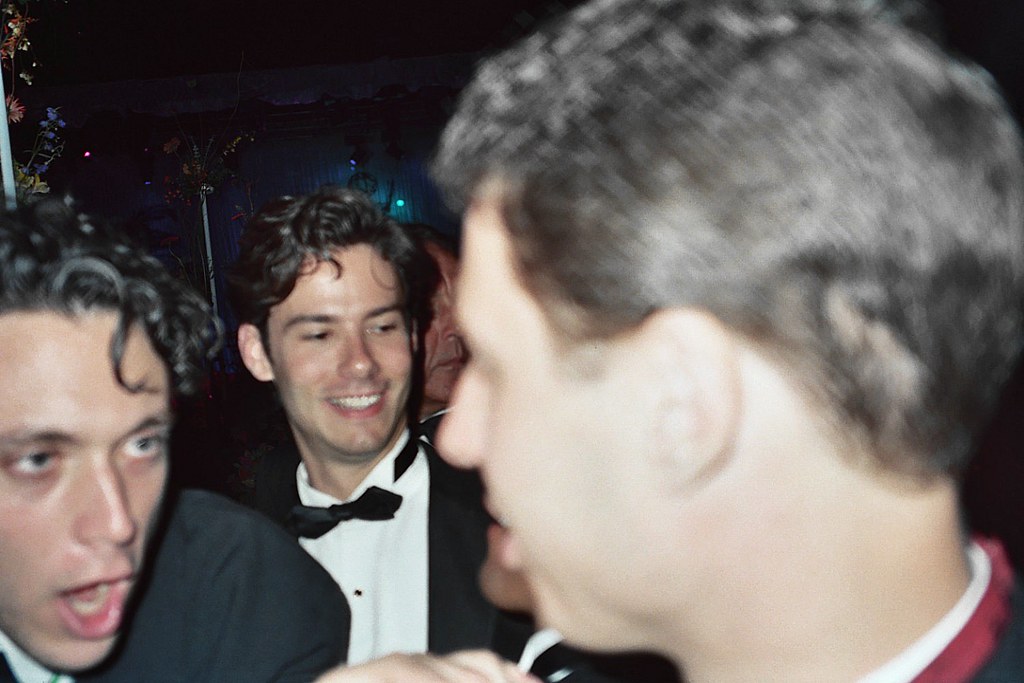
10. **Michael Scott’s Artistic Sensitivity and the Audience Reaction**Before the grand premiere of “Threat Level Midnight,” Michael had actually screened a “work in progress” cut of the film years prior, only to be deeply offended when his employees “all mistook it for a comedy.” Their laughter, intended innocently, struck at the core of Michael’s artistic sensitivities, causing him to angrily shut down the screening. This early rejection clearly left a lasting impression, shaping the atmosphere of the full premiere.
Understanding Michael’s fragile artistic ego, Pam Halpert wisely warned everyone in the office to be “mindful of how sensitive Michael is” and to refrain from laughing during the screening. However, the film’s unique brand of unintentional humor proved too potent. Pam herself was unable to suppress her “crying out in horror” upon seeing her own mother cast as a “scantily clad nurse.” Even Jim, usually the picture of composure, “fails to fully suppress his laughter” during the pivotal “The Scarn” scene, leading Michael to angrily halt the movie and take it away once more.
These reactions perfectly encapsulate Michael’s complex relationship with his art and his audience. He desperately craves recognition and validation for his “dream,” viewing any laughter as a personal affront. Yet, the film itself is inherently, gloriously absurd. When he turns to Holly Flax for her honest opinion, her unimpressed reaction further stings him. It’s a raw moment that highlights Michael’s vulnerability, his fear of failure, and his deep-seated need for acceptance from those he cares about most.
Ultimately, however, Michael experiences a moment of profound realization. He steps outside with Holly and candidly admits that it is “a bad film but also one that people are having fun watching.” This shift in perspective, allowing himself to enjoy the communal experience of laughter even if it’s *at* his expense, marks a significant step in his personal growth. He finally joins Holly and the rest of the office, laughing along, a poignant acceptance of his film’s true (comedic) purpose.
11. **Enduring Legacy and Pop Culture Footprint**In its original American broadcast on February 17, 2011, “Threat Level Midnight” was watched by an estimated 6.41 million viewers, achieving a 3.3 rating/9 percent share among adults aged 18 to 49. While this marked a slight decrease in viewers from the preceding episode, it nevertheless stood out as the “highest-rated NBC series of the week that it aired,” a testament to its compelling storyline and the anticipation built around Michael’s film. The episode garnered significant acclaim from critics, many of whom lauded its humor and the rich tapestry of continuity references woven throughout.
Cindy White of IGN, for instance, awarded the episode an impressive 9 out of 10, labeling it an “amazing” installment. She particularly praised Michael Scott’s self-awareness and Steve Carell’s performance, going so far as to suggest it was good enough to serve as Carell’s farewell episode, asking, “Why not go out on a high note?” Dan Forcella of TV Fanatic echoed this sentiment, bestowing a perfect five out of five stars and proclaiming it “one of the best episodes in years” due to its masterful “continuity and callbacks.” Alan Sepinwall, while acknowledging the episode’s “goofy” and “silly” nature, still found it to be “a fun, sweet tour through the history of the Michael Scott era.”
Even critics with slightly more mixed reviews recognized its impact. Myles McNutt of The A.V. Club, while calling it a “mixed bag” and “fan service,” conceded that “the actual content of Threat Level Midnight was successful in more ways than I had expected.” The enduring popularity of Michael’s film led to its full 25-minute version being released on the seventh season DVD and Blu-ray, and made available on iTunes shortly after its initial airing. In a delightful nod to its cult status, the entire film (sans episode clips) was officially released on *The Office*’s YouTube channel in December 2019, allowing fans to immerse themselves completely in Michael’s creation.
Beyond critical reception and fan re-watches, “Threat Level Midnight” has firmly cemented its place in popular culture. Its influence extends into music, with Welsh pop-punk band Neck Deep releasing a song titled “Threat Level Midnight” on their 2015 album, and Green Day side project The Network following suit in 2020. Perhaps most notably, American singer-songwriter Billie Eilish sampled various lines from the episode in her 2019 debut album’s song “My Strange Addiction,” a testament to the episode’s widespread and unexpected cultural reach. This episode, much like “Dinner Party,” transcended its sitcom format, evolving into a celebrated piece of pop culture in its own right, showcasing the enduring power of Michael Scott’s unique brand of ambition.
Read more about: Hollywood’s Poignant Farewells: 10 Iconic Actors Who Met Tragic Ends During or After Their Defining Roles
From the chilling awkwardness of Michael and Jan’s dinner party to the wildly ambitious, yet hilariously flawed, cinematic universe of Agent Michael Scarn, *The Office* consistently dared to push comedic boundaries. These episodes weren’t just about punchlines; they were deeply human explorations of insecurity, aspiration, and the often-cringeworthy realities of life. Whether exposing the dark undercurrents of a toxic relationship or celebrating the earnest, if misguided, pursuit of a dream, the writers and cast of *The Office* created moments that resonated long after the credits rolled. They reminded us that true artistry, in whatever form it takes, often comes from a place of profound vulnerability, even if it leaves us laughing, squirming, or occasionally, a little bit of both. The legacy of these episodes is a testament to a show that truly understood the comedic brilliance hidden in the mundane, and the uncomfortable truths lurking just beneath the surface.




